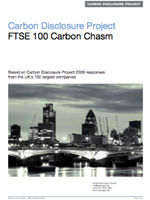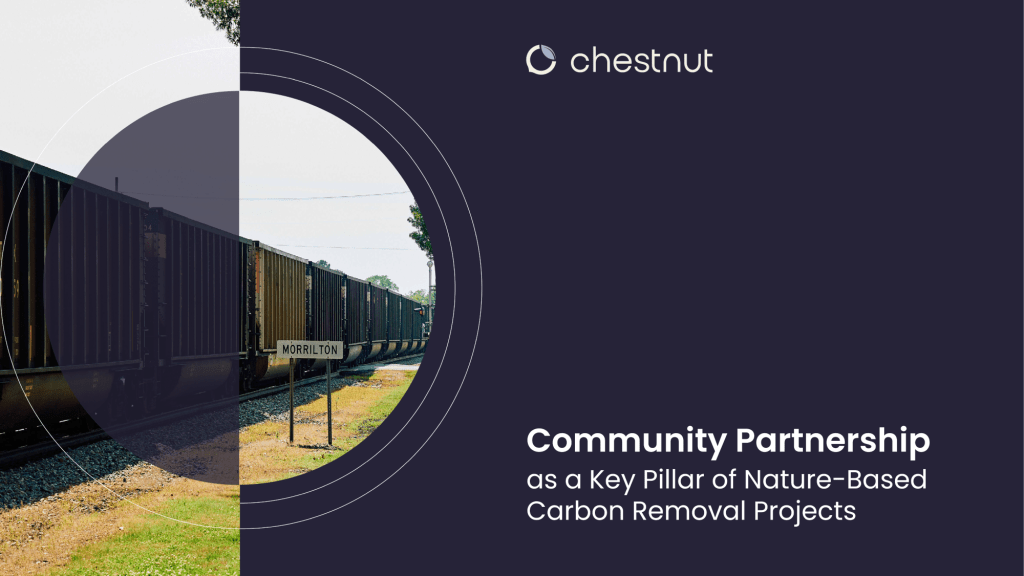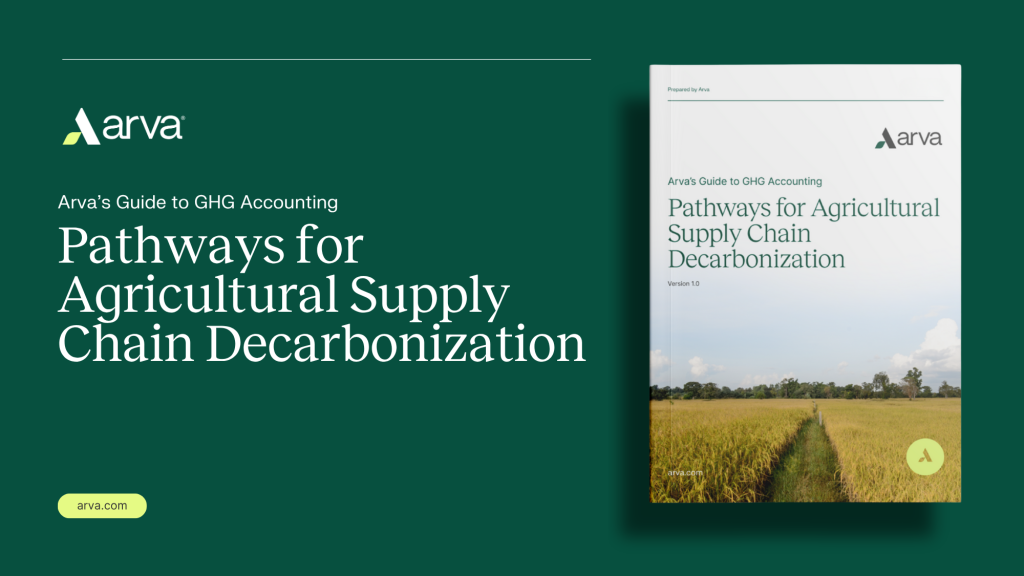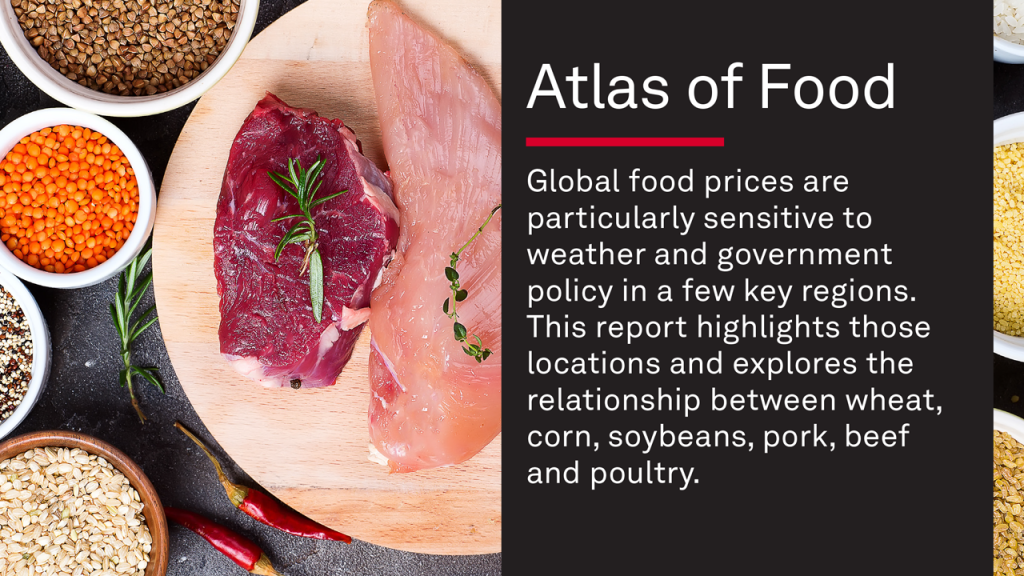U.K. FTSE 100 Carbon Chasm

The government has also set an interim target of 34 percent-42 percent reductions in greenhouse gas emissions by the year 2020, against 1990 levels.
This research evaluates how UK FTSE 100 companies’ emission reduction targets compare against the national target and utilizes the Carbon Disclosure Project (CDP) 2009 dataset to analyze how companies are currently setting emissions reduction targets and what level of reduction these targets will deliver.
Most FTSE 100 companies report having some form of emissions or energy reduction target in place, but the scope of these targets varies considerably. Therefore, the crucial question is, will these targets deliver sufficient reduction in emissions to deliver on UK national commitments. To answer this question CDP has calculated the expected annual reduction rate of greenhouse gas emissions across FTSE 100 companies based on their reported targets.
Health care and telecommunications outperformed all sectors with 5.1 percent and 4.8 percent average annual reduction rates, respectively. Not far behind were Consumer Staples and Consumer Discretionary, with average annual reduction rates of 3.7 percent and 3.3 percent, respectively.
In comparison, the targets of the energy, utilities and materials sectors only amounts to a 1.2 percent average annual reduction rate. Twenty-four such companies in the FTSE 100 are responsible for 87 percent of the emissions reported by the index constituents.
Meeting the U.K.’s ambitious goals requires a 2.4 percent average annual reduction rate. Overall FTSE 100 company targets will yield a 2.5 percent average annual reduction rate.









